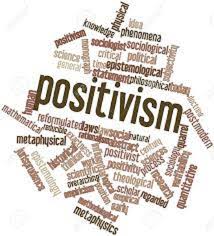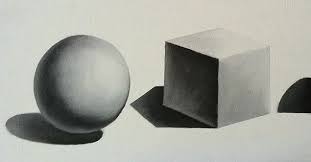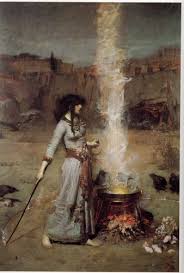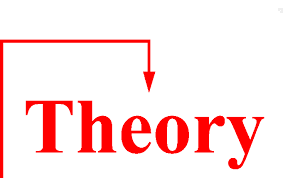
Concept of positivism
Below is a list of key concepts that are analyzed in this class. Your assignment is to select one and, in a four to six-page, double-spaced paper, research its significance by conducting a literature review. Critically analyze the concept in a brief essay which clearly examines the meaning of the concept as it has been defined and interpreted by different theorists. Your analysis should begin with a review of the concept from the perspective of the theorist studied in this class. For instance, if you decide to analyze the concept of positivism, begin your analysis with a summary of August Comte’s understanding of the concept, and then in the remainder of the paper explore the origins (intellectual roots) of the concept (i.e., before Comte), and the subsequent development of the concept (i.e., after Comte). If you wish to write on a course concept that is not on the list, please ask the instructor for permission.
You are required to employ at least six published sources in your analysis of a concept. Your sources should include a sample of studies that are published in reputable journals or books, and authored by different social theorists. Be advised that most of the theories presented in this class are part of on-going theoretical debates between different schools of thought within sociology. Your analysis should summarize and review these publications within the larger context of these debates (when relevant).
The papers will be graded according to the following criteria:
1) The ability to articulate a clear and concise understanding of the concept presented in the course;
2) The ability to find sources within the literature that have a close bearing on the concept;
3) The ability to compare and contrast (in writing) the ideas and claims of the different theorists.
Since the page limit is short, keep quotes brief; no long passages in quotes. If you quote someone, or make allusions to their ideas in your paper, place their name, the publication year of the work, and the page number in a parenthetical statement like thus: (daniel, 2018: p.156). A full citation of the work should be made in the bibliography at the end of the paper. The paper is due in class at the last regular meeting, Wednesday, December 5. No papers will be accepted after the deadline. No email submissions please.
List of Concepts
- alienation
- positivism
- capital
- ideology
- democratic (administrative) despotism
- tyranny of the majority
- commodity fetishism
- conspicuous consumption
- social facts
- anomie
- fashion
- division of labor
- collective representations
- bureaucracy
- iron cage
- verstehen
- social Darwinism
- social differentiation
- collective conscious
- Protestant Ethic
- compounding
- primitive totemism
- tragedy of culture
- ideal types
- double consciousness
We can write this or a similar paper for you! Simply fill the order form!












